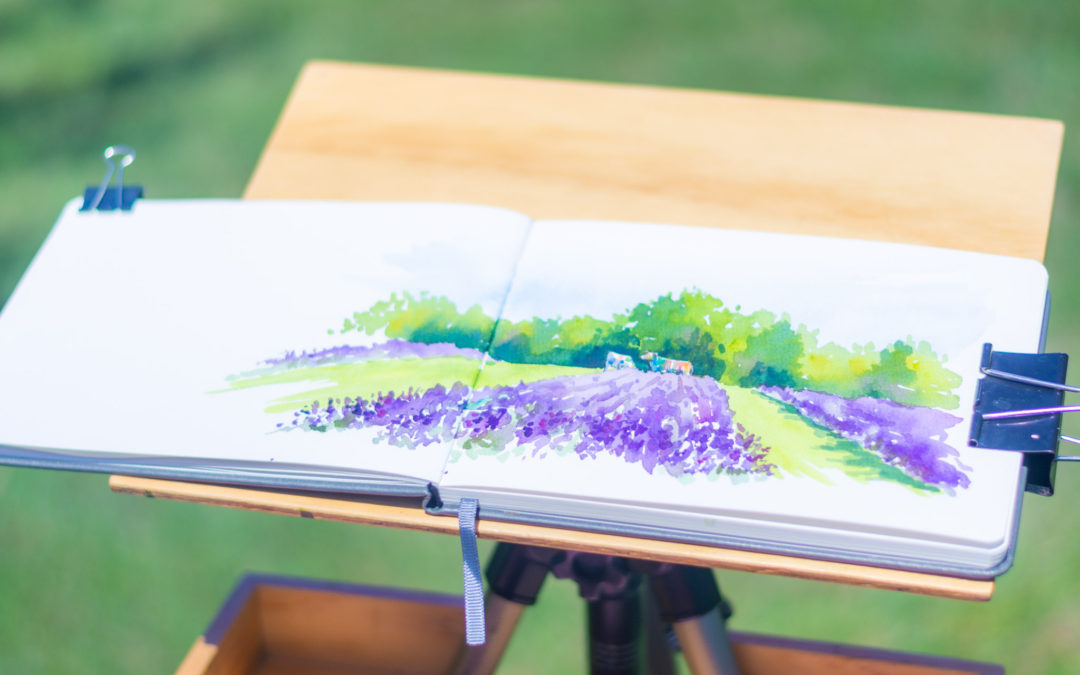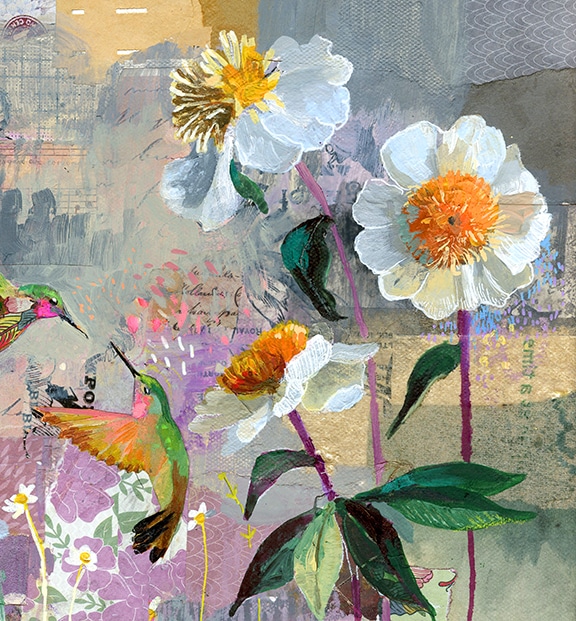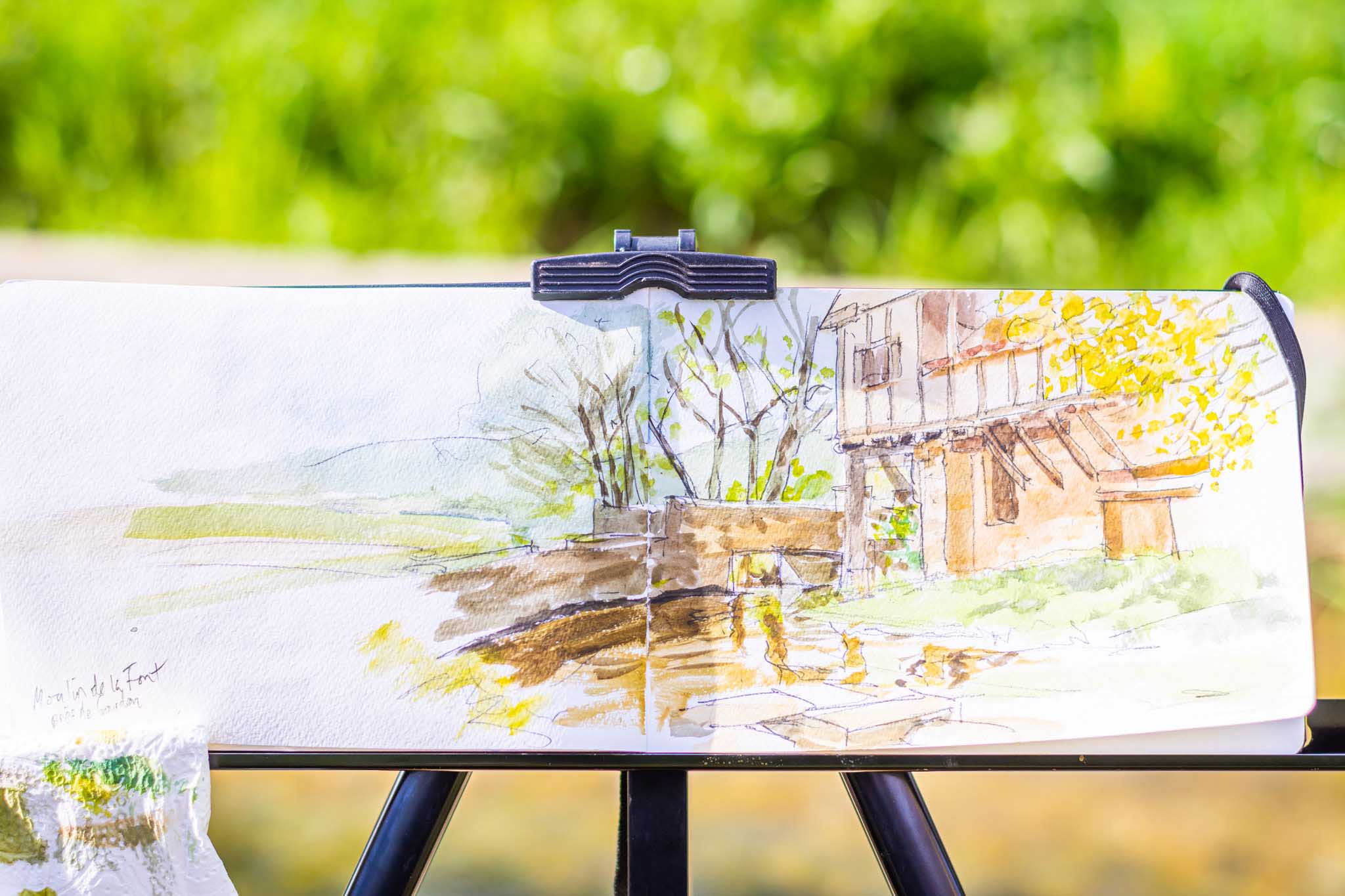How To Finish A Painting Even When You Feel Hopeless
Updated in January 2024
Builders know when a building is finished, carpenters know when a table is finished but for some reason, painters seem to struggle to know when their canvas is complete! Don’t feel alone. Professionals are afflicted with this disease just as much as amateurs! Let’s figure out how to finish a painting.
This is nothing recent… History supports this notion. Edgar Edgas was known to rework paintings AFTER they had been exhibited… But it gets even more extreme, he had also requested to rework pieces that had been PURCHASED from private buyers. Let me put that another way. Imagine someone buys your art, PAYS YOU, tells you that they love it… But your affliction for not knowing when to stop hits you sooo hard that you go to their house & knock on their door with your brushes in your hand tell them it needs more. Mental.
Ideally, a painting is finished when you stop painting and feel satisfied. When you feel as though nothing about the painting disturbs you and nothing is left to ‘fix’. Of course, that’s easy to say. In reality, it’s very rare that we feel this way about our paintings. Every year I hear a different formulation of the same phrase from our guests. I never know when it’s finished.
So, I took the liberty of curating a few of the best tips from our group of artists and across the internet. Check them out below:
9 Tips on how to finish a painting even when you feel hopeless
1. Bring your paintings out of your studio or painting space – look at them in a setting that is more like their final setting i.e. a hallway or living room with similar lighting to their final setting… How does the painting look now?
2. Work on multiple pieces until one becomes your favourite. Sometimes working on multiple pieces can help unblock part of another painting.
3. When you feel as though a painting is 80% finished, ask yourself if this is enough. Sometimes less is more.
4. Take progress photos so that you can look back at various stages of a painting to decide at which point you liked it most. You can also print these photos and continue your painting on the print to see if you like the new additions without it causing any permanent changes.
5. Return to the original inspiration of the painting. Have you told the story you intended to tell with this painting? Did you manage to capture the emotions you were feeling when you took the photo or when you were on-site? This tip can work in both directions. Don’t take it too far, Stop when you’ve said what you wanted to say. Let me repeat that…
Stop when you’ve said what you wanted to say.
6. Look at the composition of your painting. Consider the rules of composition but remember, rules are made to be broken. There are many examples where artists break the rules of good composition with excellent results. If your painting works within the rules, consider how it would look if you broke the rules. If your painting doesn’t fit within the rules, consider how it would look if you made your painting fit the rules.
7. If you’re struggling to verify if you have issues with your composition or proportions, try looking at your image in a mirror… It’ll help you because it reverses the images, but also doubles the viewing distance, which can change the appearance of the painting. Hanging your painting upside down will also have the same effect.
8. Sometimes when we go too deep when we’re trying to finish a painting. The answer might not be in the composition. It might be the surface. Are you one of those artists who like smooth surfaces? Your painting will never be finished if your surface is thick and crusty. Do you like to see visible brush strokes laden with thick paint? Stay true to yourself and your style of painting.
9. Shameless plug coming up… Learn how to wait! Seriously, learning this skill will help you in so many areas of your life as well as finishing your paintings. Read the blog here (4 minute read)
Remember this. Being an artist is difficult because it’s not like other professions. It’s not like being a builder with objective criteria of a finished piece of work. For us, there are no rules. We try to create rules, but we break them ourselves. There is no black and white, everything is grey. Revel in it.
That brings me on to my final and most important point. Remember why you’re painting in the first place. We all want to be in that childhood state of creativity where there’s no judgement, only fun (words from Kim Smith’s blog here). That’s the goal, the rest is secondary. At the end of the day, we should all be focusing more on the feeling we get from painting. The joy, the happiness & the meditative feeling we get from hyper focus. I’m convinced that if we do more of that, the ‘finished’ painting will take care of itself.
By the way, we’ve been sharing some demonstrations from our workshops this summer on YouTube. So if you like that kind of thing, make sure you’re subscribed to our YouTube channel (click here) and follow our Instagram page (click here).



